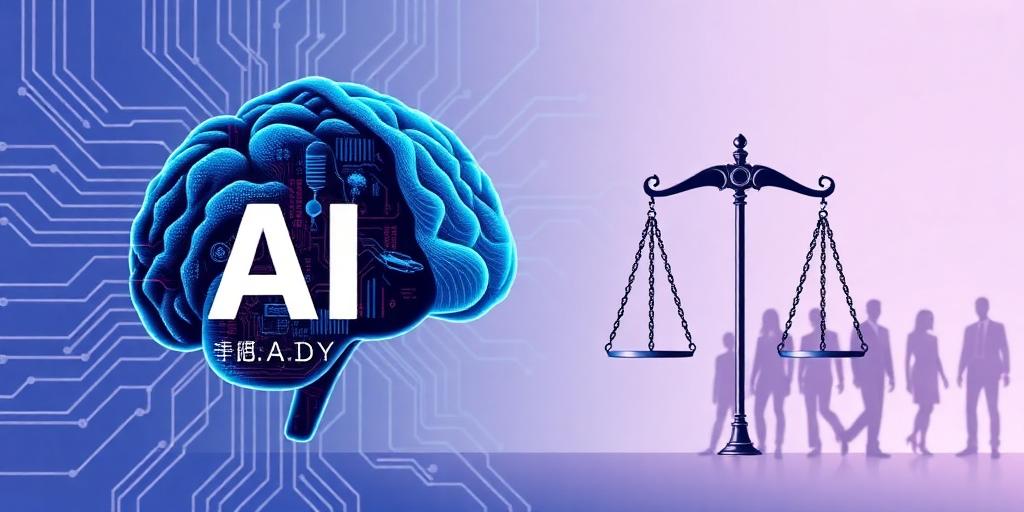The Imperative of Combating AI Bias: Dangers and Solutions
Artificial Intelligence (AI) is rapidly integrating into the fabric of our society, from healthcare and finance to criminal justice and hiring. While the promise of AI for efficiency and innovation is immense, a critical challenge looms: AI bias. This pervasive issue can lead to unfair, discriminatory, and even harmful outcomes, fundamentally undermining the trustworthiness and societal benefit of these powerful technologies. Understanding the dangers of AI bias and implementing robust strategies for its mitigation is not merely an ethical consideration; it is an imperative for the equitable and sustainable development of AI.
What Constitutes AI Bias?
AI bias refers to systematic and repeatable errors in an AI system's output that create unfair preferences for or against particular groups of people. This bias is not inherent to the technology itself but rather a reflection of the data it learns from, the algorithms it employs, and the human decisions embedded in its design. Sources of AI bias include:
- Data Bias: Often the most significant culprit, this occurs when the training data used to develop AI models does not accurately represent the real world, is incomplete, or contains historical prejudices. For instance, if an image recognition system is trained primarily on images of lighter-skinned individuals, it may perform poorly on darker-skinned individuals.
- Algorithmic Bias: Even with unbiased data, the choice of algorithm or its specific parameters can inadvertently introduce bias. Certain algorithms may prioritize specific features or patterns that correlate with discriminatory outcomes.
- Human Bias: The subjective judgments and assumptions of human developers, data scientists, and engineers can be unknowingly baked into the AI system's design, problem definition, or evaluation metrics.
The Profound Dangers of AI Bias
The consequences of unaddressed AI bias extend far beyond technical inaccuracies, manifesting as tangible societal harms. The dangers of AI bias are multifaceted and can exacerbate existing inequalities:
- Discrimination and Inequality: Biased AI systems can perpetuate and amplify discrimination in critical areas. Examples include biased facial recognition systems misidentifying individuals of certain ethnicities at higher rates, hiring algorithms unfairly screening out qualified candidates based on gender or race, and loan approval systems denying credit to historically marginalized groups.
- Erosion of Trust: When AI systems are perceived as unfair or unreliable, public trust in technology, institutions, and decision-making processes erodes. This can lead to decreased adoption of beneficial AI applications and increased societal friction.
- Reinforcement of Stereotypes: AI models trained on biased data can learn and reinforce societal stereotypes, leading to outputs that promote harmful generalizations about particular groups. This is particularly evident in natural language processing (NLP) models that may associate certain professions with specific genders.
- Legal and Reputational Risks: Organizations deploying biased AI systems face significant legal challenges, regulatory penalties, and severe reputational damage. Public backlash and scrutiny can impact brand value and market position.
- Inaccurate or Suboptimal Outcomes: Beyond direct discrimination, bias can simply lead to poorer performance for certain user groups, making the AI less effective or even counterproductive for a significant portion of its intended audience.
Strategies for Fighting AI Bias
Addressing and fighting AI bias requires a comprehensive, multi-disciplinary approach that spans the entire AI development lifecycle. Effective mitigation strategies include:
- Data Diversity and Quality: Prioritizing the collection of diverse, representative, and high-quality training data is fundamental. This involves actively seeking out underrepresented demographics and ensuring data sets are free from historical prejudices. Techniques like data augmentation and synthetic data generation can also help balance datasets.
- Algorithmic Transparency and Explainability (XAI): Developing algorithms that are more transparent and whose decisions can be explained (Explainable AI - XAI) allows for better identification and understanding of where bias may arise. This enables developers and stakeholders to scrutinize the logic and identify problematic patterns.
- Human Oversight and Ethical Frameworks: Establishing robust ethical guidelines and incorporating human-in-the-loop processes are crucial. Human oversight at various stages, from design to deployment and monitoring, can catch biases that automated systems miss. Regular audits and impact assessments are also vital.
- Bias Detection and Mitigation Tools: A growing suite of tools and methodologies exists to detect and quantify bias in data and models. These tools can help identify demographic disparities, measure fairness metrics, and even suggest debiasing techniques to reduce or eliminate identified biases.
- Regulatory Measures and Policy: Governments and regulatory bodies have a critical role in establishing standards for ethical AI and holding organizations accountable for deploying biased systems. Clear guidelines and enforceable regulations can incentivize responsible AI development.
- Interdisciplinary Collaboration: Tackling AI bias necessitates collaboration among AI researchers, ethicists, social scientists, legal experts, and policymakers. This ensures a holistic understanding of both the technical and societal dimensions of bias.
The Path Forward
The proliferation of AI presents unparalleled opportunities, but only if its development is guided by principles of fairness, equity, and accountability. The dangers of AI bias are too significant to ignore, threatening to amplify societal divides and undermine the very promise of AI. By proactively implementing comprehensive strategies, investing in diverse teams, fostering ethical AI development practices, and embracing regulatory frameworks, we can collectively work towards building AI systems that are not only intelligent but also just and beneficial for all. This commitment to fighting AI bias is not merely a technical challenge; it is a societal imperative for our collective future.









